King’s Gambit: Complete Opening Guide
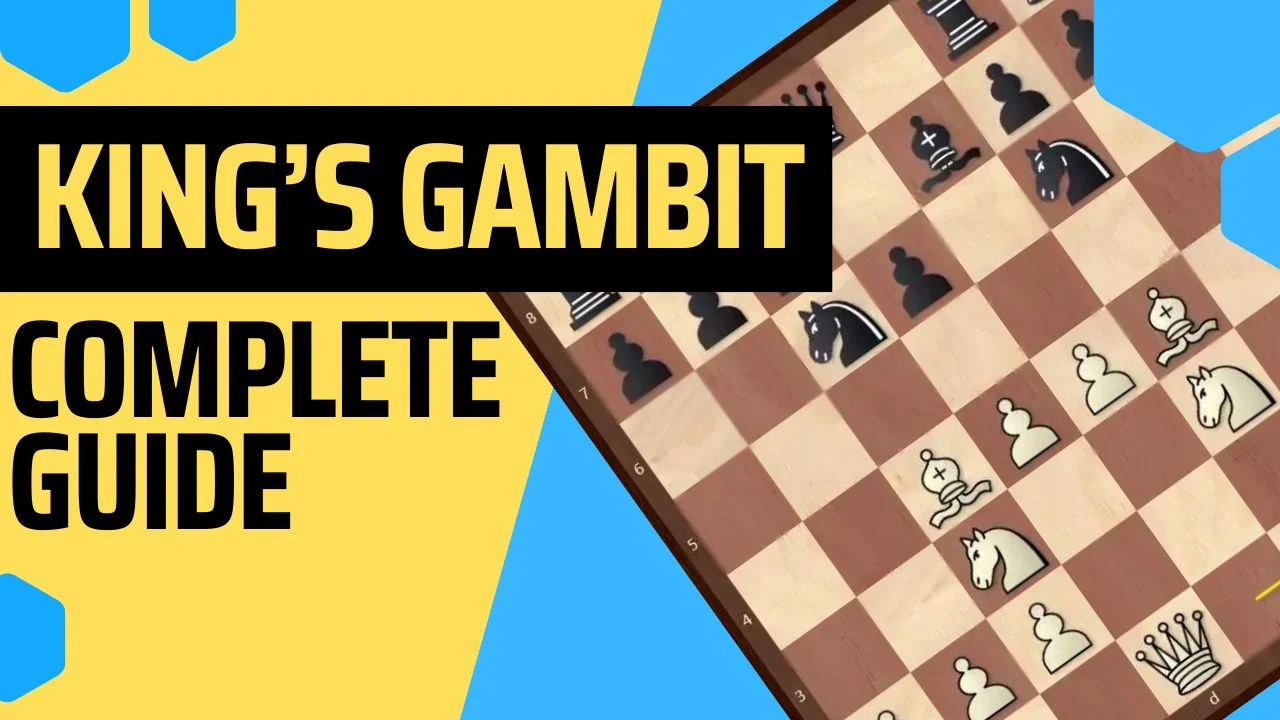
The King’s Gambit, an opening of the romantics in the 19th Century. Players know it for the wild sacrifices and decisive attacks on the enemy King. This strategy is easy to understand because Checkmate ends the game. From a strategic point of view, we get the most out of the game when we pressure our opponent and force him to our will on the board.
The King’s Gambit is an opening in this spirit. It isn’t concerned with positional subtleties and niceties of the position. Open – develop – attack is the motto of this opening.
White’s Goal
Let’s try to understand the ideas behind this opening.
1. With the move 2.f4 White tries to exchange a flank pawn for a central pawn, thereby giving White a central pawn majority. This is also the idea behind the Sicilian Defense and Queen’s Gambit.
2. After an eventual pawn trade with either exf4 or fxe4 White opens the f-file. White hopes to use this in combination with Bc4 and 0-0 to target the f7 point.
3. In exchange Black gets a weakened a7-g1 diagonal. This sometimes makes castling difficult for White which hinders piece coordination.
So what does an ideal outcome for white look like? The objective is to get the central squares under our control and have pieces posted on good squares. We fight for the center to establish control and go for an eventual attack.
Let’s take a situation where Black plays passively.
1.e4 e5 2. f4 exf4 3. Nf3 d6 4. Bc4 Nc6 5. d4 Be7 6. Bxf4 Nf6 7. Nc3 O-O 8. O-O
This position shows an ideal outcome of the opening.
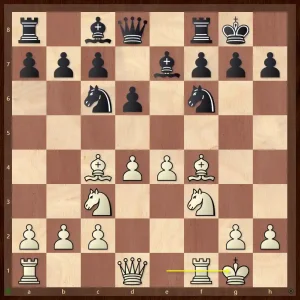
Now after 2.f4 your opponent can play in two ways; either he can accept the gambit or decline the gambit. However modern engines show that the best way to counter is to accept the gambit and play against the weaknesses.
Black Declines the Gambit
Now let’s look at when Black declines the challenge
The first option is to strike back at White with a central counterattack
I) 1.e4 e5 2.f4 d5
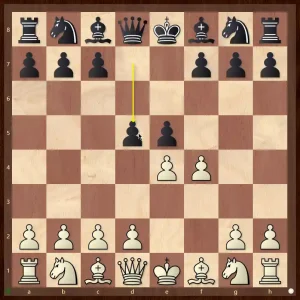
This move immediately creates tension in the center and forces White to make a decision.
After the moves 3. exd5 one of Black’s ideas is to play 3..e4 to obstruct white’s development. Also, the f4 pawn is exposed, and would much prefer to be on f2. In this position, White can break the bind with d3! After Nf6 and subsequent exchanges, Black gets active piece play as compensation for the material.
Model Game
Schulten vs Morphy, New York 1857
Another potent option is to play 3..c6 This is similar to the Morra where White opts for rapid development in exchange for a pawn.
It could be dangerous for White to take on c6. But after the moves
3..c6 4.Nc3 exf4 5.Nf3 Bd6 6.d4 Ne7 7.dxc6 Nbxc6 8.Bc4 0–0 9.0–0
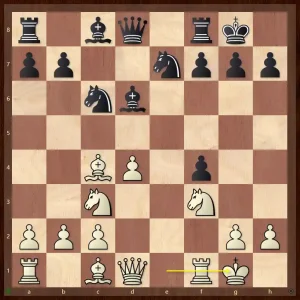
White’s strong center is compensated by the well-protected f4-pawn. This pawn obstructs the development of the c1 Bishop.
If you are a club player, and trying to get every advantage in the opening you can, please see the 15 best chess openings. Those are the best opening picks that work great at under 2000 level and beyond.
II) 1.e4 e5 2.f4 Bc5
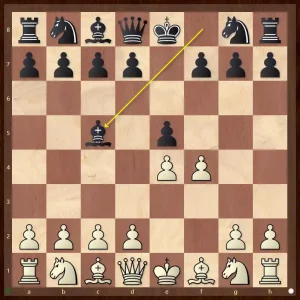
This is a logical move to use the downsides of the opening move 2.f4
It immediately takes control of the important a7-g1 diagonal. After 3.Nf3 d6 White can treat this position in several ways;
You can use a slow build strategy similar to the Italian Game with Nc3-Bc4 and d3 where both players have chances.
The other option is to play more ambitiously and prepare a d2-d4 with c3. Here in a practical game, it is not so clear whether White’s center is a strength or a weakness.
Model Game
Spielmann vs Tarrasch, Karlsbad 1923
King’s Gambit Accepted
1.e4 e5 2.f4 exf4
After Black accepts the Gambit, Black defenses revolve around two ideas:
a) The advance g5. It protects the f4 pawn and claims a material advantage, it also blocks the f-file. The g-pawn can also advance to g4 where it can win tempo by attacking the Knight on f3. Further ideas include an eventual f3 to disrupt White’s Kingside pawn structure.
b) Black can play d5. After White plays exd5 Black can place his Knight on f6 without the worry of e5. The move d5 also opens the diagonal for the c8 Bishop.
After the move 2.exf4 the Kingside opens up and White has to be cautious about the developments. The threat now is Qh4+ and Historically White has opted for two choices.
I) 3.Bc4
An underrated and underused option is to play Bc4. This seems to ignore Black’s threat of Qh4+. However White has a nice idea in mind.
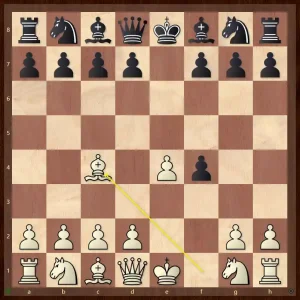
After the moves 3..Qh4+ 4.Kf1 White can play 5.Nf3 to gain a tempo on the Queen and continue with development.
Because of this Black should seek counterplay in the center with Nf6 Nc3 and c6
Black’s idea is to build a pawn wall (c6-d5) against the Light Squared Bishop. White should preempt this and play Bb3 to reach a dynamically balanced position.
The modern answer to Bc4 is to play 3..Nf6 and Black get good chances in this line.
Model Game – ‘The Immortal Game’
Anderssen vs Kieseritzky, London 1851
Model Game
Spielmann vs Gruenfeld, Teplitz-Schönau 1922
II) 3.Nf3
The second option is the traditional knight move. Here Black has many choices and it is the main theoretical battleground of the King’s Gambit.
After Nf3, 3..g5 was the popular try in olden times. It’s a straight-out attempt to refute the gambit. The game gets very tactical and complex. Ideal for must-win scenarios.
Model Game
Spassky vs Fischer, Mar Del Plata 1960
The modern way to play against the King’s gambit is to play 3..d5 4. exd5 Nf6.
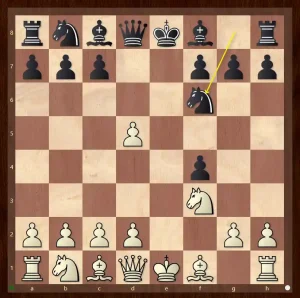
One of the mainlines of the King’s Gambit. Structurally it looks good for White because White has a pawn majority in the center. Here White plans to use this advantage by playing d4 and c4. This will give free development for the pieces.
Black’s plan should revolve around the weak e3 square after White plays d4. If Black manages to keep his f-pawn then he can use that to threaten Re8 and Ng4.
You might like looking at 10 Best Chess Games on Queen’s Gambit.
Conclusion
The King’s Gambit remains a fantastic opening for club players in the 21st century. It illustrates the dynamics of chess, with open lines and initiative at its core. If you’ve never tried the King’s Gambit then give it a go. It will reveal new dimensions of the game to you.




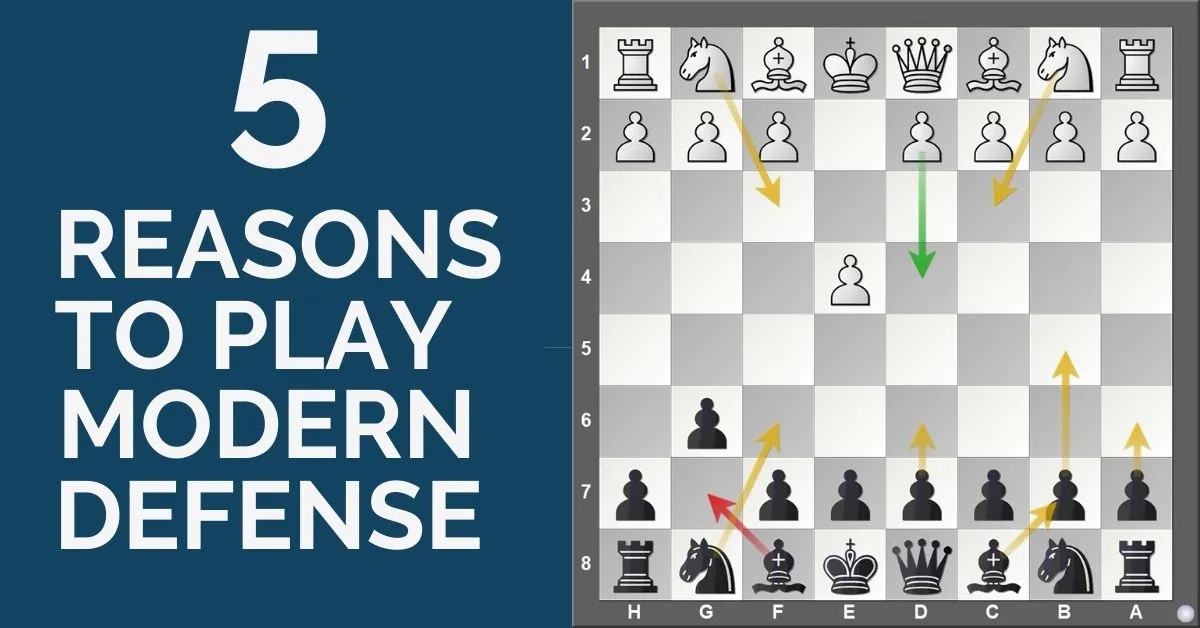





Comments: